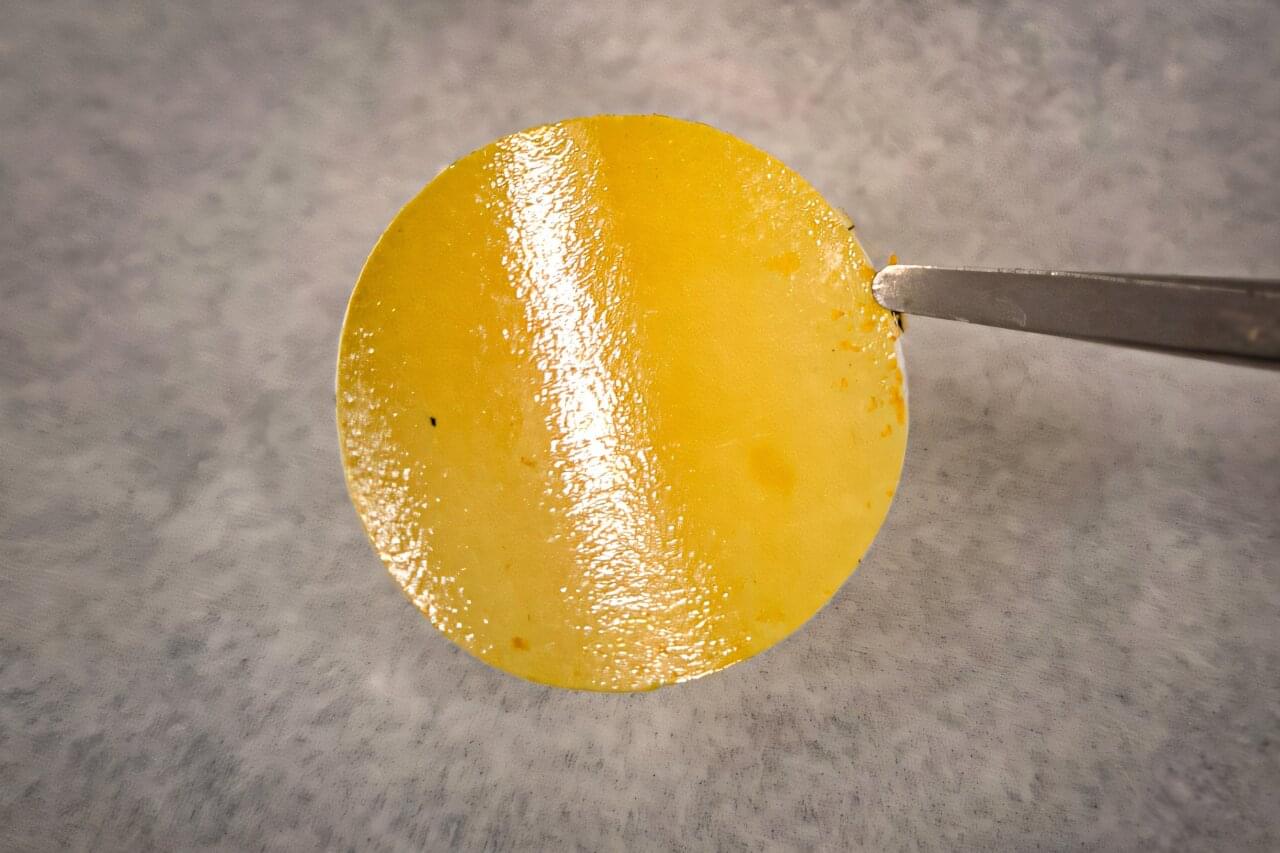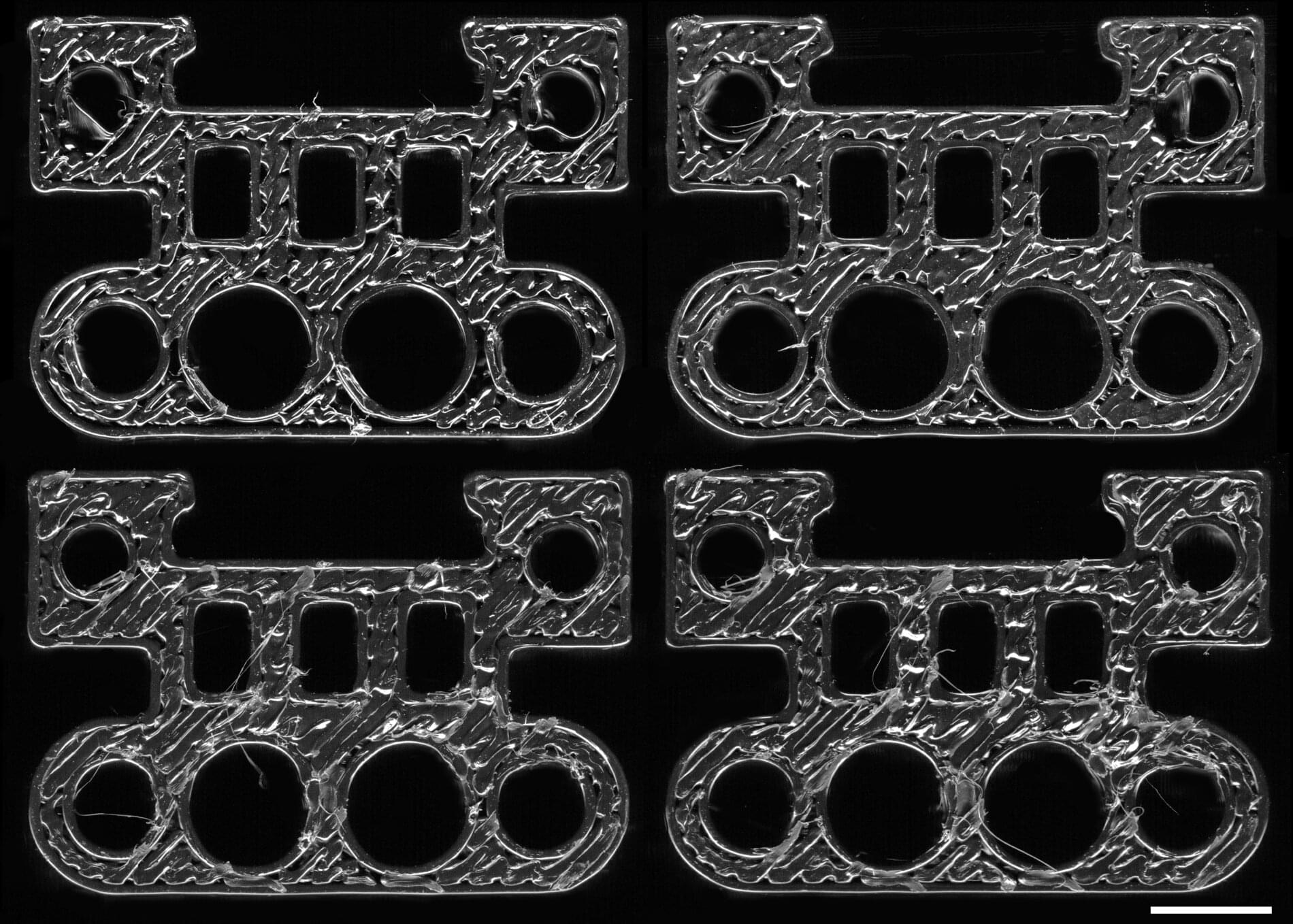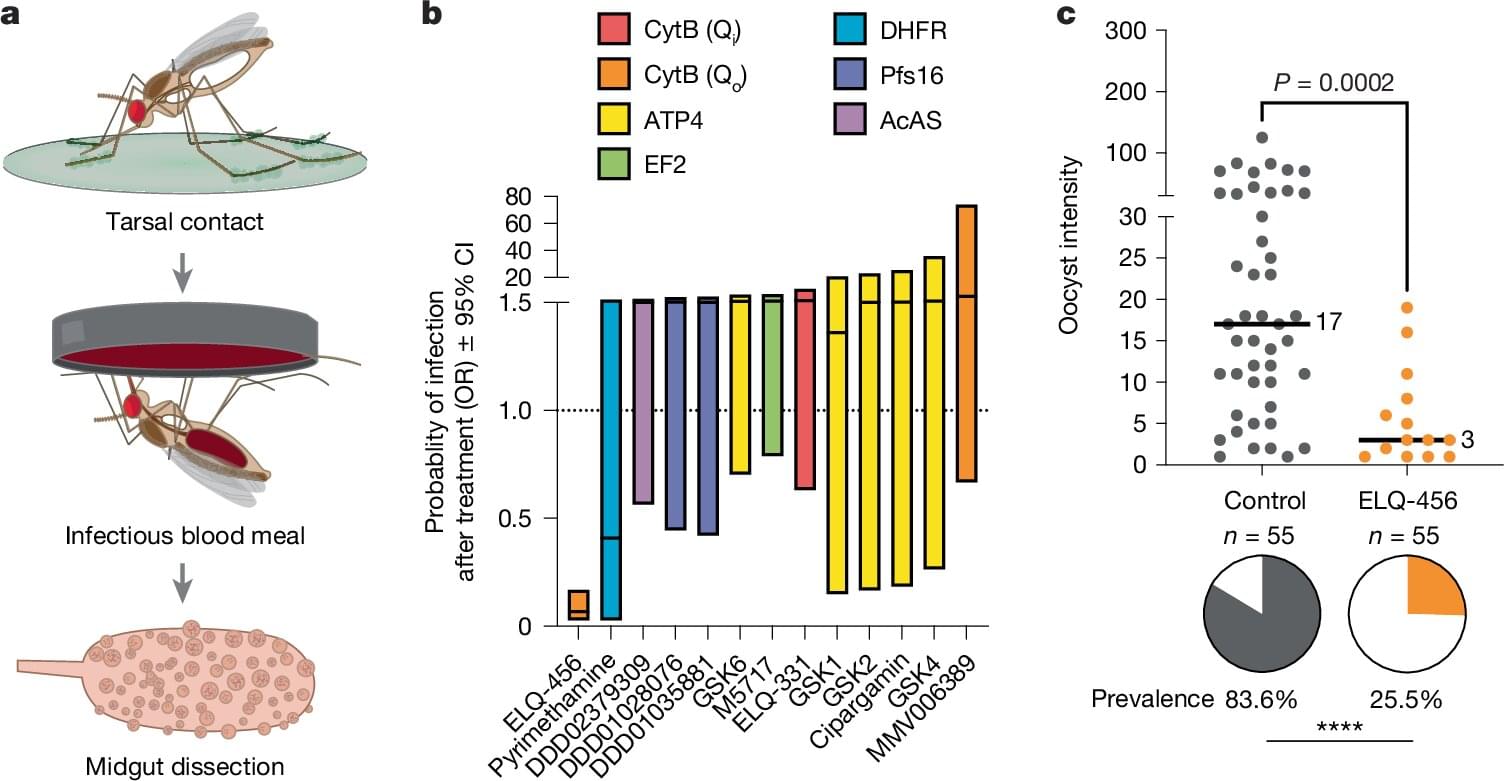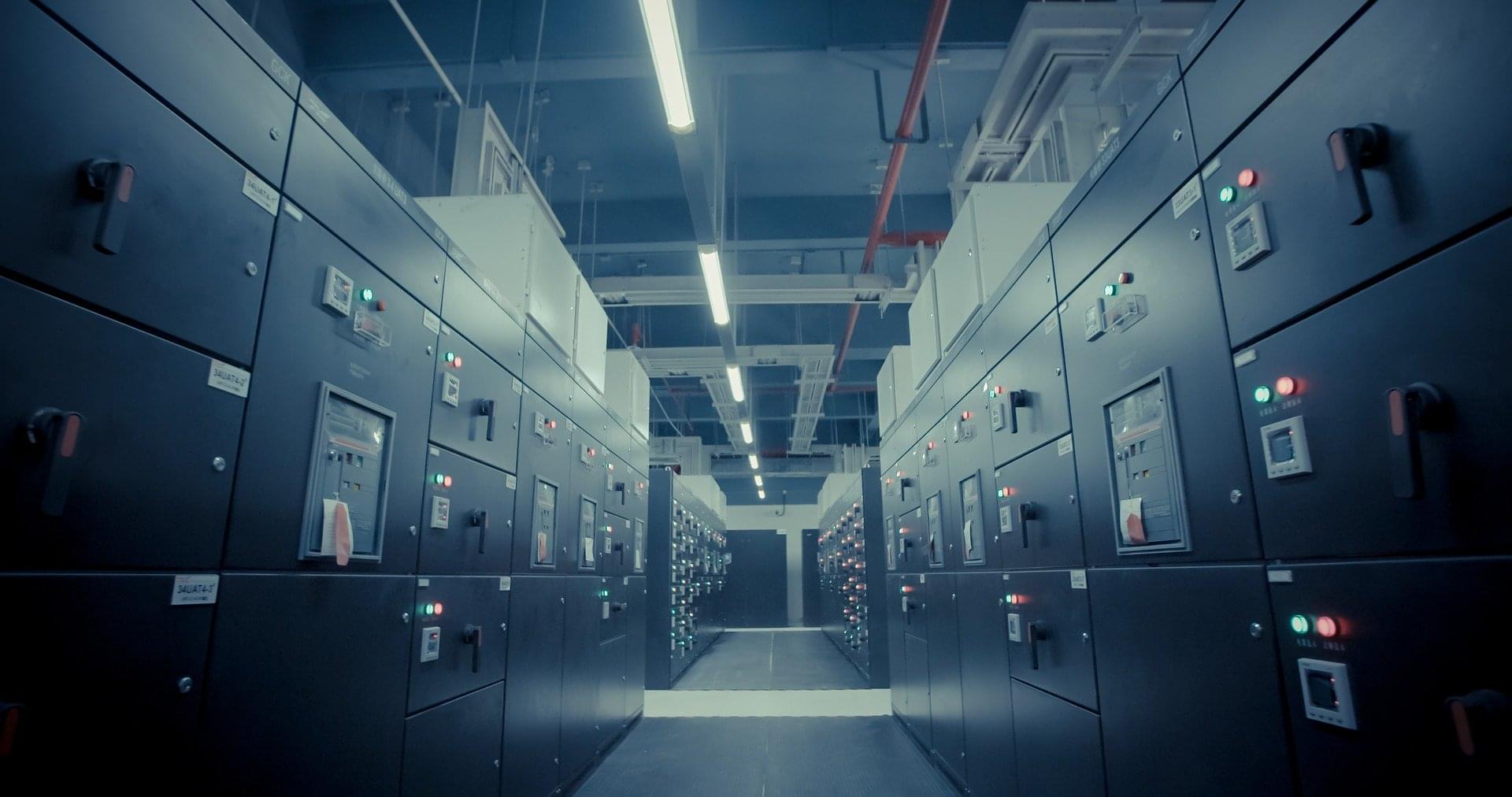Separating crude oil into products such as gasoline, diesel, and heating oil is an energy-intensive process that accounts for about 6% of the world’s CO2 emissions. Most of that energy goes into the heat needed to separate the components by their boiling point.
In an advance that could dramatically reduce the amount of energy needed for crude oil fractionation, MIT engineers have developed a membrane that filters the components of crude oil by their molecular size.
“This is a whole new way of envisioning a separation process. Instead of boiling mixtures to purify them, why not separate components based on shape and size? The key innovation is that the filters we developed can separate very small molecules at an atomistic length scale,” says Zachary P. Smith, an associate professor of chemical engineering at MIT and the senior author of the new study.









